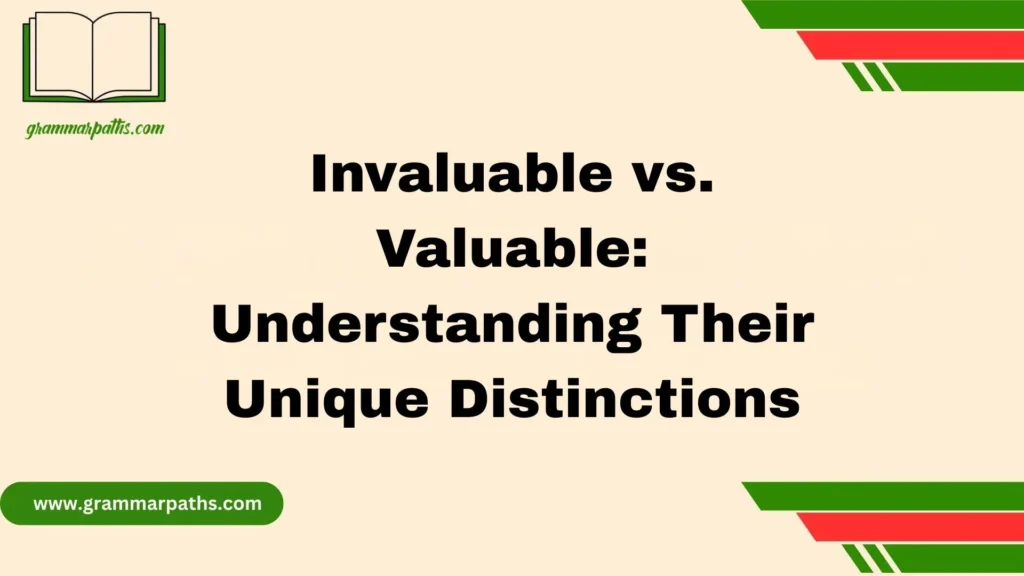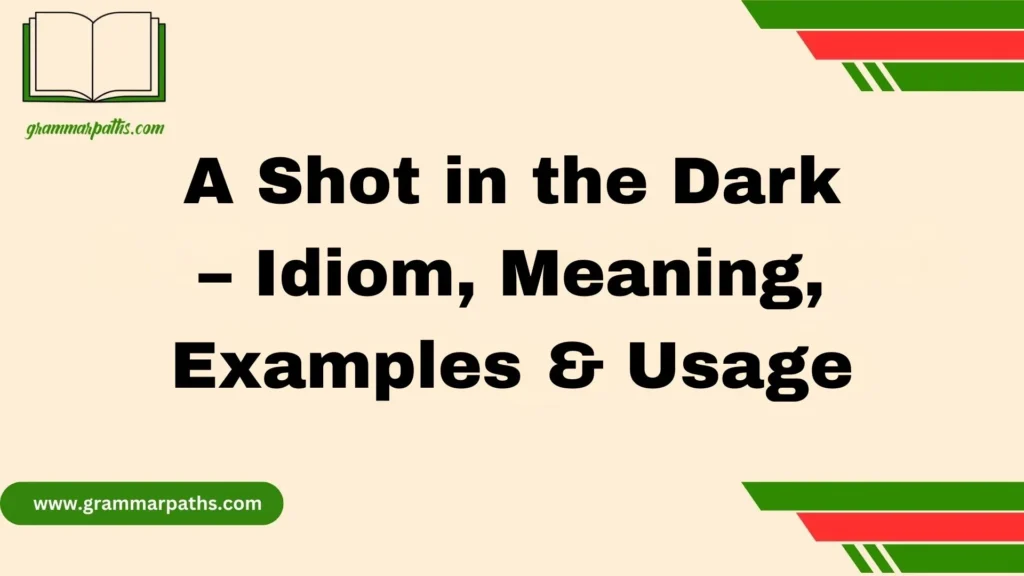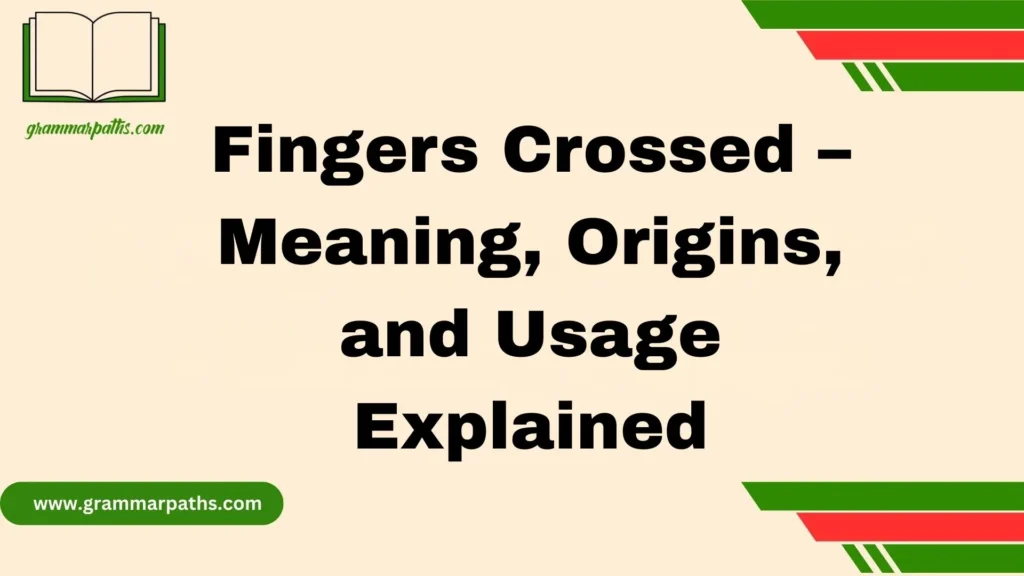Understanding the difference between “By Which or In Which” is essential for mastering advanced English grammar and writing with clarity. These phrases often confuse even fluent speakers, as they are both used to link clauses or provide additional information.
However, knowing the context in which each should be used is the key to proper usage. In this guide, we’ll explore situations “By Which or In Which“ can appear in sentences, helping you choose the correct form based on purpose, tense, and sentence structure.
The phrase “In Which” typically refers to a place, situation, or time and functions much like a relative pronoun. On the other hand, “By Which” introduces means, methods, or processes through which something occurs. This subtle distinction matters when constructing clear and professional communication.
By exploring real-life examples and grammatical rules, you’ll learn when it’s best to use “By Which or In Which” depending on what you’re trying to express. Whether you’re writing academic content, a business report, or enhancing your spoken English, mastering these phrases will add polish and precision to your language skills.
What’s the Difference Between “By Which” and “In Which”?
Here’s the short version:
- “By which” is used to explain how something happens — the method, means, or agent.
- “In which” is used to explain where or in what context something happens — a location, condition, or situation.
Quick Examples:
- ✅ The process by which data is encrypted is highly secure.
- ✅ The scenario in which this happens is extremely rare.
So, if you’re referring to a method or means, use by which. If you’re referring to a context or situation, use in which.
What Does “By Which” Mean?
Definition
“By which” introduces a relative clause and typically explains the means or process by which something occurs.
It answers the question:
How did this happen?
What was used to make it happen?
Usage Contexts
- Formal writing (academic, legal, technical)
- Describing procedures, mechanisms, or systems
- Causal explanations
Examples with Analysis
| Sentence | Meaning |
| The method by which the data is sorted is outdated. | Refers to the technique used to sort data. |
| They discovered a loophole by which the contract could be bypassed. | Describes how the contract was bypassed. |
| This is the system by which files are encrypted. | Explains the mechanism used for encryption. |
Synonyms for “By Which”
- Through which
- Via which
- Using which
- By means of which
🧠 Tip: If you can replace the phrase with “how”, you’re probably dealing with “by which.”
What Does “In Which” Mean?
Definition
“In which” is a relative clause used to describe a location, situation, or context where something occurs.
It answers:
Where did this happen?
In what environment or condition?
Usage Contexts
- Describing settings or environments
- Referring to abstract or literal “containers”
- Legal or academic writing with complex ideas
Examples with Analysis
| Sentence | Meaning |
| The folder in which the file is stored is encrypted. | Refers to location of the file. |
| The event in which he participated was international. | Refers to a competition or situation. |
| This is a scenario in which everything can go wrong. | Describes the situation/context. |
Synonyms for “In Which”
- Where
- Inside which
- Within which
- During which (for time-related clauses)
💡 Pro Tip: If the sentence answers “where” or “in what situation”, then “in which” is likely correct.
Comparison Table: “By Which” vs. “In Which”
Here’s a side-by-side breakdown for quick reference:
| Category | By Which | In Which |
| Function | Describes method, means, or process | Describes location, situation, or context |
| Synonyms | through which, via which | where, inside which, during which |
| Questions Answered | How? Using what? | Where? Under what conditions? |
| Common Contexts | Technical, procedural, scientific writing | Legal, academic, descriptive writing |
| Grammatical Role | Introduces a relative clause of method | Introduces a relative clause of condition |
| Incorrect Example | ❌ The city by which he lives | ❌ The process in which data is done |
| Corrected Form | ✅ The method by which data is processed | ✅ The city in which he lives |
Common Mistakes to Avoid
Even advanced writers make mistakes with these phrases. Here are the most frequent errors and how to fix them.
❌ Using “by which” for places or situations
- Incorrect: The house by which she lives is red.
- Correct: The house in which she lives is red.
❌ Using “in which” for methods or processes
- Incorrect: The technique in which it was painted…
- Correct: The technique by which it was painted…
Test It Tip
Try replacing the phrase with “how” or “where”:
- If “how” makes sense → by which
- If “where” makes sense → in which
Real-World Examples from Trusted Sources
“The legal framework by which human rights are protected is complex.”
— Oxford Human Rights Hub
“The climate in which coffee thrives is becoming less stable.”
— National Geographic
These examples show real, functional uses of the phrases in high-authority publications.
Alternative Phrases and When to Use Them
Sometimes you can improve clarity or readability by switching to simpler alternatives.
| Phrase | Alternative | When to Use It |
| By which | How | For general or informal tone |
| In which | Where | When referring to physical location |
| By which | Through which | For formal/legal tone |
| In which | During which | When referring to time or periods |
🎯 Note: In formal writing, stick to “by which” or “in which” for clarity and grammatical precision.
Case Studies: How Misuse Can Hurt Clarity
Case Study 1: Legal Contracts
Before:
“The clause in which the penalties are imposed…”
After (corrected):
“The clause by which the penalties are imposed…”
⚠️ Why? Because it’s about the method of imposing penalties, not the location.
Case Study 2: Technical Documentation
Before:
“The process in which the data is sorted is faulty.”
After (corrected):
“The process by which the data is sorted is faulty.”
⚠️ Why? Again, this is about how sorting happens, not where.
Quiz: Test Your Understanding
Choose the correct phrase:
- The tool ___ the pipe is cut is very sharp.
- a) in which
- b) by which ✅
- a) in which
- This is the room ___ the incident occurred.
- a) in which ✅
- b) by which
- a) in which ✅
- The study outlines the system ___ information is shared.
- a) in which
- b) by which ✅
- a) in which
- The environment ___ innovation thrives is unpredictable.
- a) in which ✅
- b) by which
- a) in which ✅
Score: 4/4? You’ve got it!
Summary and Final Grammar Tips
To recap:
- Use “by which” when describing a method, means, or process.
- Use “in which” when referring to a location, context, or condition.
- Test it with “how” vs. “where” to verify.
- These are formal structures often used in high-level writing. Use them when tone and accuracy matter.
Memory Aid:
📌 “By” is how it’s done. “In” is where it’s done.
FAQ: “By Which” or “In Which” Usage
1. What is the difference between By Which and In Which?
By which refers to the means or method something happens.
In which refers to the place, situation, or time something occurs.
2. How do you use By Which in a sentence?
Use by which to describe the process or tool used to achieve something.
Example: He proposed a plan by which we could increase efficiency.
3.When should I use Which or In Which?
Use which after a noun to add extra information.
Use in which when referring to location, context, or circumstance.
4.How do you use By and By in a sentence?
By and by means “eventually” or “after a short time.”
Example: By and by, the storm began to pass.
5.Where do we use By?
By is used to show the agent, method, time, or location in passive and active sentences.
Example: The book was written by her.
6.What is one example of By?
Example: He traveled by train to the city.
This shows the method of travel using by.
Conclusion:
Understanding the correct usage of “By Which or In Which” can significantly improve your grammatical accuracy and communication skills. Each phrase serves a distinct function—“by which” explains the method, while “in which” describes the context or place. By mastering these subtle differences, you’ll be better equipped to write and speak with precision. Whether you’re crafting formal documents or everyday messages, knowing when and how to use “By Which or In Which” ensures your language is both effective and professional.

Grace Marie is the dedicated writer behind GrammarPaths.com, where she shares her passion for English grammar, idioms, and writing mastery. With a strong background in language studies and years of experience helping learners improve their communication skills, Grace creates clear, practical, and engaging content that makes English easy to understand.












